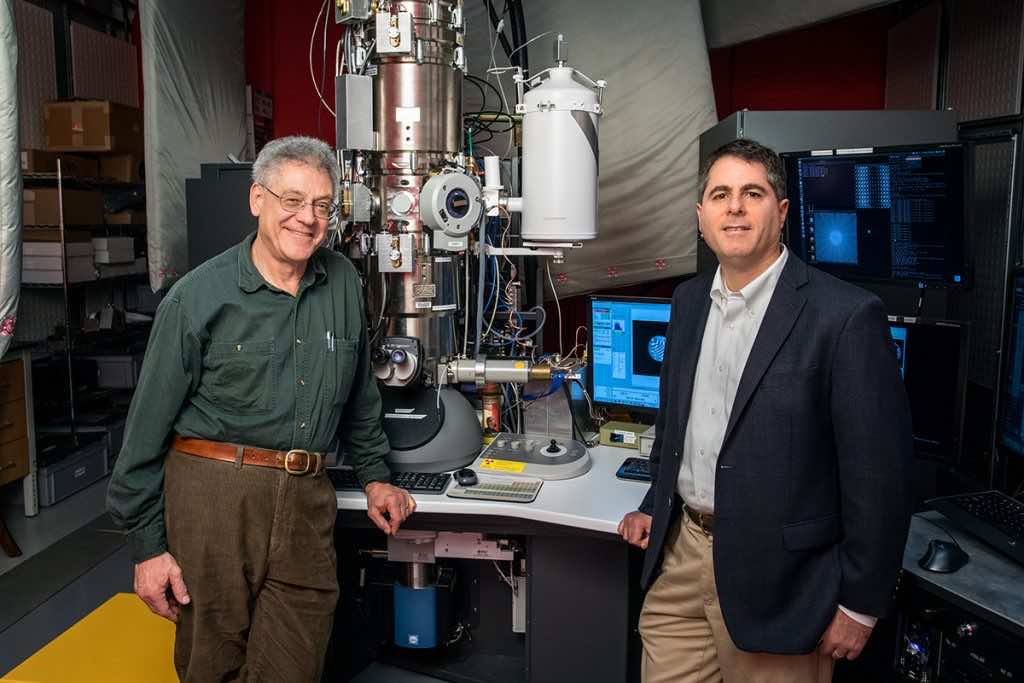The new microscopy technique has allowed scientists to watch the vibration of the atoms.
Termed as an unbeatable record by the Cornell Engineer, the new microscopy technique is so powerful that it spots an individual atom in three dimensions. It creates such an image that the only blurriness that remains comes from the movement of that atom itself.
The new technique relies on an electron microscope coupled with sophisticated 3D reconstruction algorithms. It doesn’t only set a new record pertaining to atom resolution; the scientists are of the view that it might be as good as microscopy gets.
“This doesn’t just set a new record,” lead author and Cornell engineer David Muller said in a press release. “It’s reached a regime which is effectively going to be an ultimate limit for resolution. We basically can now figure out where the atoms are in a very easy way. This opens up a whole lot of new measurement possibilities of things we’ve wanted to do for a very long time.”

Scientists have been attempting earlier to study individual atoms, however, those attempts earned them some blurry images because it is a feat on its own to get to those depths. However, the new microscopy technique has allowed the Cornell University engineers to reach a mark where they revealed the atoms jiggle and vibrate. The blurriness in the new and the closest images of the atoms is a prove of the atom’s movement being caught so don’t confuse it with a technical fault of any sorts.
“With these new algorithms, we’re now able to correct for all the blurring of our microscope to the point that the largest blurring factor we have left is the fact that the atoms themselves are wobbling,” Muller said in the release, “because that’s what happens to atoms at finite temperature.”
The microscopy technique brings along improvement in medical imaging as it allows for working on thicker and more realistic samples. The same team set the previous record for single-atom resolution in 2018, however at that time they only managed to image samples of extremely thin materials which were just a few atoms thick.

“We want to apply this to everything we do,” Muller said in the release. “Until now, we’ve all been wearing really bad glasses. And now we actually have a really good pair. Why wouldn’t you want to take off the old glasses, put on the new ones, and use them all the time?”


